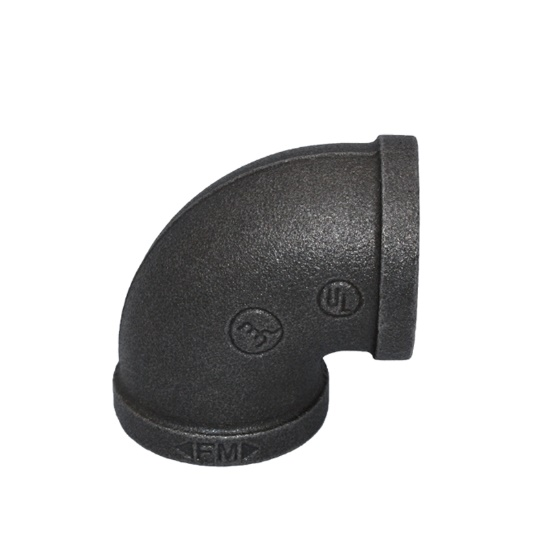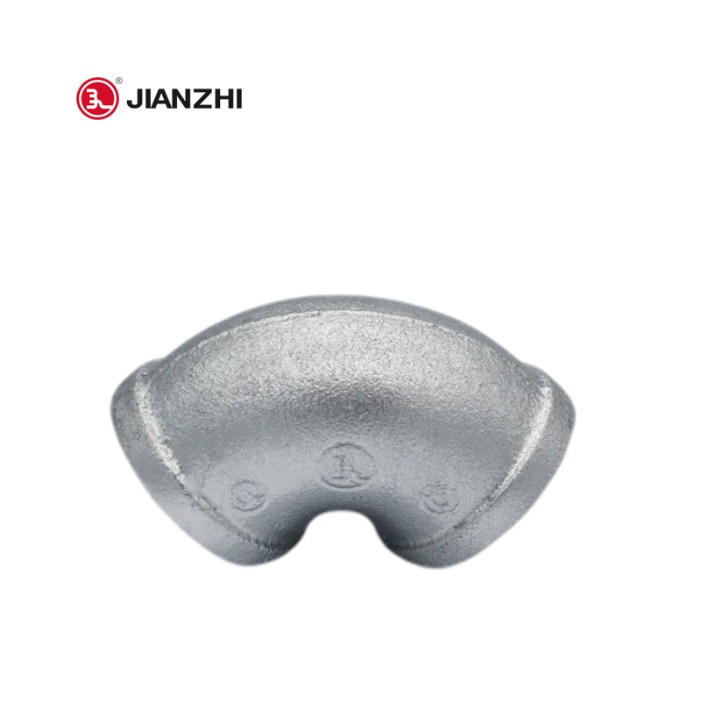Sep. 29, 2024
In the world of plumbing and piping systems, the connection method you choose plays a critical role in the overall performance, safety, and efficiency of the system. Understanding the various types of pipe connection methods is essential for engineers, technicians, and anyone involved in the design and maintenance of piping systems. This article delves into the three primary methods of pipe fitting systems: welding, threaded connections, and flanged connections.

Welding is one of the most robust methods for connecting pipes, often used in high-pressure and high-temperature applications. This method involves melting the ends of the pipes and allowing them to fuse as they cool, creating a single, solid piece.
● Strength and Durability: Welded joints can withstand high pressures and temperatures, making them suitable for critical applications such as oil and gas pipelines, power plants, and chemical processing facilities.
● Leak-Free: A well-executed weld creates a seamless connection that significantly reduces the risk of leaks, ensuring the integrity of the system.
● Versatility: Welding can be used on a variety of materials, including steel, stainless steel, and even plastic, allowing for flexible design choices.
● Skill Requirement: Welding requires a high level of skill and experience. Poor welding techniques can lead to weak joints and potential system failures.
● Equipment Costs: The tools and equipment necessary for welding can be expensive, making it less viable for smaller projects or budget-conscious applications.
● Inspection Needs: After welding, it is essential to inspect the joints to ensure quality, often requiring additional time and resources.
There are several welding techniques employed in pipe fitting:
TIG (Tungsten Inert Gas) Welding: Known for its precision, TIG welding is often used for thin-walled pipes and provides excellent control over the weld pool.
MIG (Metal Inert Gas) Welding: This method is faster than TIG welding and is suitable for thicker materials, making it popular in industrial applications.
Stick Welding: A more traditional method, stick welding is versatile and can be performed outdoors, but it may not provide as clean a finish as TIG or MIG.
Threaded connections involve the use of male and female threads that screw together to create a connection. This method is
● Ease of Installation: Threaded connections are relatively simple to install and do not require specialized tools, making them accessible for many DIY projects.
● Reusability: Because they can be easily disassembled, threaded connections are ideal for applications where frequent maintenance or adjustments are necessary.
● Cost-Effective: The materials and tools needed for threaded connections are generally less expensive than those required for welding.
● Limited Pressure and Temperature Range: Threaded connections are typically not suitable for high-pressure applications, as the threads may need to provide adequate sealing under extreme conditions.
● Leak Potential: The risk of leaks is higher with threaded connections, particularly if the threads are not properly sealed with tape or paste.
● Corrosion Issues: Over time, threaded connections may corrode, particularly in environments exposed to moisture or chemicals, leading to system failures.

Flanged connections consist of two flanges that are bolted together, with a gasket in between to create a seal. This method is often used in applications where regular disassembly is required, such as in water treatment plants and HVAC systems.
● Easy Access: Flanged connections allow for straightforward disassembly, making maintenance and repairs more manageable without the need for cutting or welding.
● Strong Sealing Capability: The combination of flanges and gaskets can provide excellent sealing properties, reducing the risk of leaks.
● Versatility: Flanged connections can be used with a variety of pipe materials and sizes, accommodating diverse project requirements.
● Space Requirements: Flanged connections require more physical space due to the size of the flanges and the bolts, which can be a limitation in tight installations.
● Higher Costs: The cost of flanges, gaskets, and bolts can make this method more expensive compared to others, particularly for larger systems.
● Installation Complexity: While flanged connections are easier to disassemble, the initial installation requires careful alignment and torquing of bolts to ensure a proper seal.
Choosing the right pipe connection method is critical for the successful implementation of any piping system. Each method—welding, threaded connections, and flanged connections—has its unique advantages and disadvantages, which must be weighed against the specific requirements of the project at hand.
Welding offers unparalleled strength and leak resistance, making it the preferred choice for high-pressure systems, though it requires skilled labor and specialized equipment. Threaded connections provide a simple and cost-effective solution for low-pressure applications, although they may pose risks for leaks and corrosion over time. Flanged connections stand out for their ease of maintenance and strong sealing capabilities, but their higher costs and space requirements may be a limiting factor in some designs.
Ultimately, understanding these three primary pipe connection methods enables engineers and technicians to make informed decisions, ensuring the safety and efficiency of their piping systems. As technology continues to advance, we can expect to see innovations in pipe fitting techniques, further enhancing the reliability and performance.
SAFER
PRODUCT INFO
ABOUT JIANZHI
TECH DATA
Contact Us
E-mail: sales1@jianzhi-fitting.com
Tel: +86 18698027872
Office In Tianjin:
Heping District, Tianjin, China.
Production Base 1:
Chifeng, Inner Mongolia, China.
Production Base 2:
Tangshan City, Hebei Province, China.
Production Base 3:
Schelei Street,Baicoi City,Prahova County,Romania
Service email: info.ro@jianzhi-fitting.com
Sales email: market.ro@jianzhi-fitting.com
Tel: +40(755)011 849
